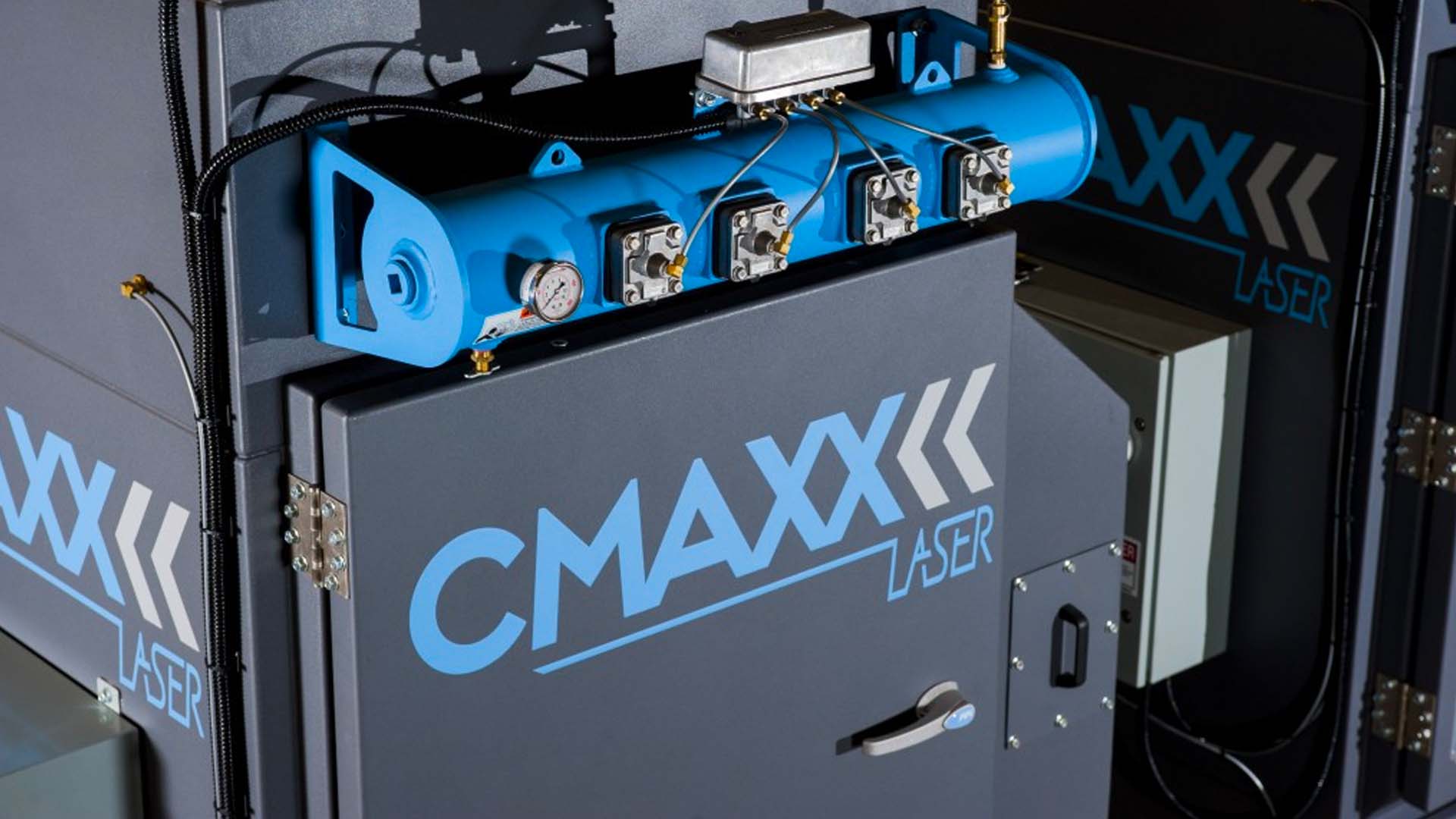In any operation using a plasma cutter, proper ventilation is vital to keeping operators safe and equipment in optimal condition.
It’s not just a matter of good business; it’s required by law. Unfortunately, proper ventilation – in which fumes are ventilated at the source of production before they can migrate elsewhere – is an often-overlooked aspect of metal fabricating.
Whether working with mild steel, stainless steel, aluminum or another material, there are serious health risks associated with unmitigated plasma dust and fumes.
Combustible hazards also may be present in all types of metal cutting, as well as undue wear to machines when vaporized metal settles on surfaces. Lack of proper ventilation can cause bearings to go bad quickly and even void a cutting machine’s warranty.
A high quality fume and smoke mitigation system can have a positive impact on worker health, plant safety and product quality, in addition to reducing maintenance and minimizing downtime for greater productivity.
AKS Cutting Systems works exclusively with Imperial Systems to provide top-rated dust and fume collectors. The company’s CMAXX Plasma Extraction System NanoFiber MERV 15 filtration efficiency rating is the highest available in the industry.
Key features include:
- Factory pre-wired and ready to run
- Tool-free filter access
- Goyen premium reverse air cleaning systems
- Custom fit to any location
- 3/16-inch plate and 10-gauge carbon steel construction
- DeltaMAXX fire retardant filters with 1,400 square feet of filter media
- Pre-wired and pre-plumbed control panel
- Built-in spark trap
- Fan silencer rated for 75dba MAX
- Integrated HEPA after filter (optional)
Installing a Dust Collector
While installing an Imperial extraction system with an AKS machine is a seamless solution, it is possible to use a third-party vendor, provided no corners are cut and the vendor understands the nuances of plasma cutting.
For starters, the dust collector, sometimes referred to as a bag house, must be properly installed, piped in and powered prior to a cutting machine installation. Duct work cannot be connected to the cutting table itself, as the table can move during machine leveling.
Vendors who are not familiar with plasma tables may run the ductwork from the dust collector straight down to the table, which sets the system up for failure. For a long stretch of duct work either vertically or horizontally – especially if it’s thin wall ductwork – installers need to break it up into sections no longer than six feet and put stiffeners in between those sections. This measure guards against severe damage to ductwork in the event of an e-stop, when the controller is turned off and the pneumatic cylinders relax. In that situation, long, thin-walled ductwork would be crushed instantly, requiring a costly repair.
Some low cost dust collectors do not have fire suppression systems. A spark arrestor – ideally a rotary turbine spark arrestor – is an important feature that must be included to ensure operational safety. This is particularly true if a machine has a tube station on it, since red hot plugs will go directly into the downdraft unit and ductwork.
Other must-have features of a high-quality dust collector include a solenoid valve assembly tied to a valice filled with a large amount of pressurized air; and the ability to empty into a 55-gallon drum. Unless pressed for space, a downdraft system is always better for quality.
For more information on ensuring proper ventilation click here, or for a list of frequently asked questions, click here.
